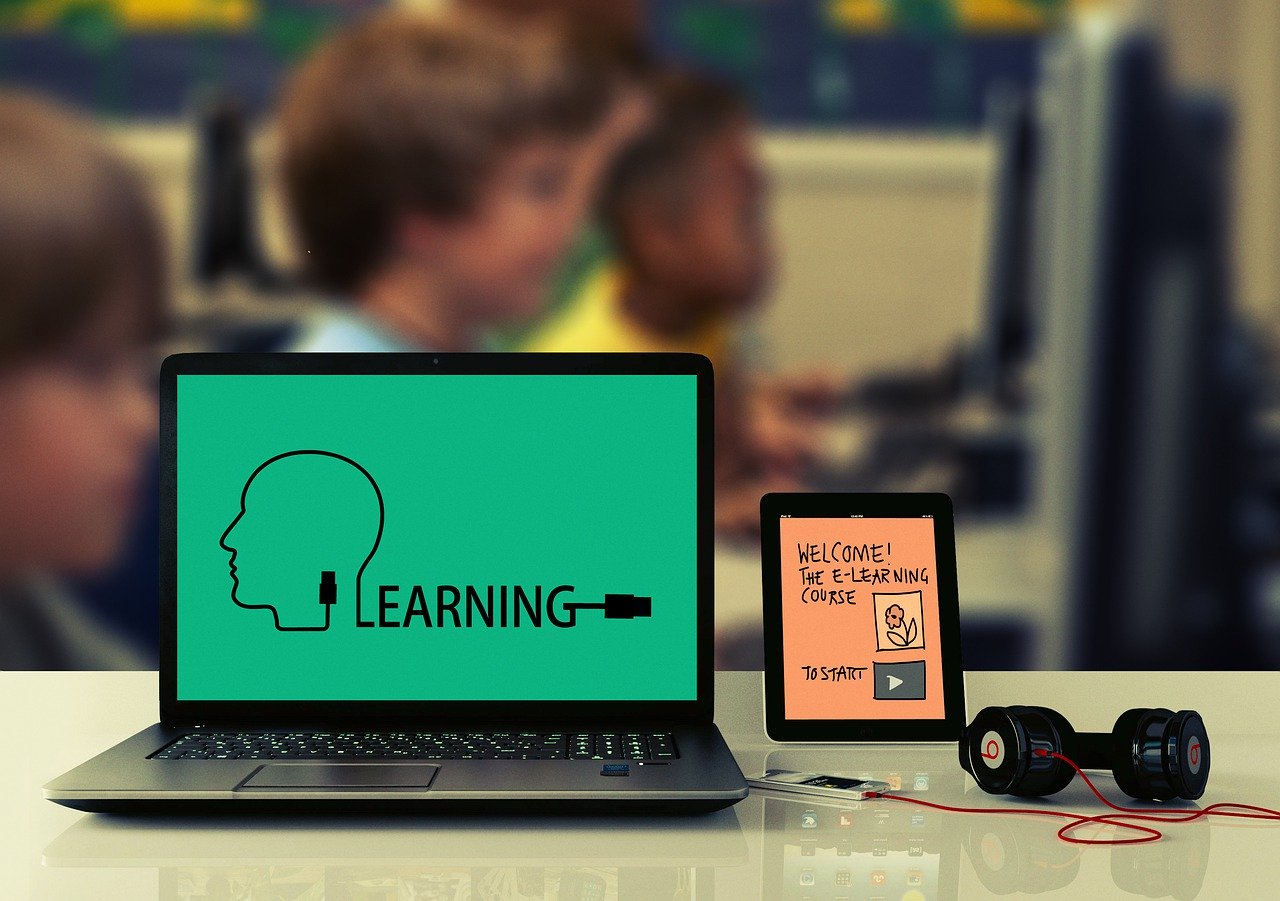Practical intervention or pipedream?
Elearning and soft skills are not the most obvious of bedfellows, but could one be used to educate people in the other?
Over the last 20 years, digital learning has evolved from the periphery to a core part of Learning & Development strategy in many organisations. As technology has moved to the heart of our workplace, effective elearning and mobile learning solutions have also emerged and this trend is likely to continue, however, lies a considerable challenge.
Digital learning is now expected to deliver solutions in a fluid and challenging business environment; we are in an age of the multigenerational workforce, where elearning must bridge the gap between those working beyond retirement and those who have grown up with Google. We are in an age of complexity, where five-year-plans are a thing of the past, and where performance support tools must frequently be more adaptive than predictive. We are in an age where information is frequently free, but where the litigious nature of decision making environments demands accuracy in multinational, multicultural and multi-technological environments.
One of the most critical Learning & Development issues that need to be addressed in such contexts is the effective delivery of soft skills – the very skills that are difficult to deliver using digital learning in such areas as emotional intelligence, teamwork, resilience, communications and so on. Elearning design in these areas must therefore move beyond thoughts of compliance, training and knowledge of theory to instead focus on the development of individual traits and resultant skills critical to effective interactions between people. So how can effective elearning for soft skills be developed in practice?
Three core principles need to be considered:
Build the foundation
With any soft skill, there will inevitably be a base of knowledge that can cultivate both insight and opportunity to improve practice. There is, however, almost always a challenge of how best to get the learner to 'pay attention' to the knowledge delivered. To develop an effective foundation for the development of soft skills, it is essential to carefully target the core content that is delivered to individual needs rather than adopt a 'sheep dip' approach to training.
Diagnostics at an early stage are invaluable, particularly 360 reviews such that the views of colleagues are used to refine the effectiveness of interactions further down the line. Once initial reflections have been processed, selected learning objects in various forms - text, audio, video – can be used to deliver basic principles of the subject of interest.
Connect to practice
Given the complex nature of how best to apply soft skills in practice, it is always essential to connect to application rather than just broadcast information. Soft skills are developed in context, so delivery of these contexts through example, through simulation and through coaching are key parts of soft skills development.
Soft skills development must therefore make full use of the range of digital learning interventions now available;
- Online simulations and animations to experience the issues in practice
- Live simulations and cases to 'rehearse' application of knowledge
- Real-time collaboration via web and video conferencing to introduce real context and allow personalised discussions to connect to practice
It is significant that many of us now operate in global business environments where much of business is delivered via online activities. As such, development of soft skills in an online space is a far more natural and appropriate mode of delivery for simulation and practice than ten years ago.
Reflect on continuous improvements
The theory and basics of many soft skills can be delivered by elearning. To maximise the impact from the capability that has been nurtured, however, the learner must be willing to take on responsibility for steady improvement of these skills in practice.
The ongoing interest in 70/20/10 models of learning recognises the critical importance of balancing on the job, peer to peer and formal learning activities. Soft skills do not deliver impact from knowledge; they need to be applied in different contexts and within different communities. As such, the development of soft skills benefits from ongoing reflection and reinforcement. The US Army model of lessons learnt is a good model here, encouraging learners to reflect on situations in terms of:
- What was supposed to happen?
- What actually happened?
- Why was there a difference?
- What can be learnt?
Developing an ethos of continuous learning is essential to ensure that soft skills are not just taught as theories but are consistently applied in practice. The more senior the role, the more complex the situation, the more critical it becomes to develop effective application of soft skills. In an increasingly technology-driven world, it is not only possible to deliver soft skills digitally, it is becoming essential to do so. The secret to success is to design for individuals, to recognise that application is as critical as information and to think about the journey rather than a single-point solution.
By Tony Sheehan (learning services director at Ashridge)
Source: Trainingzone





